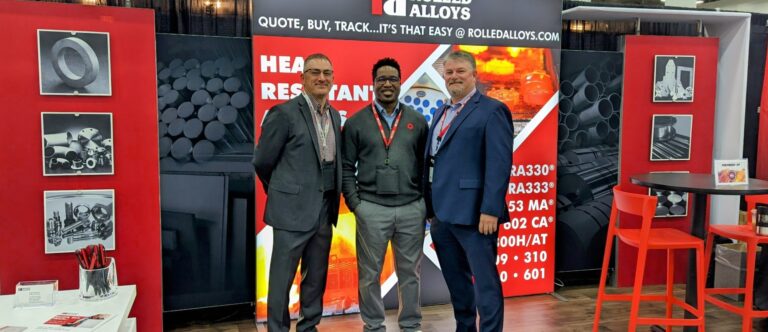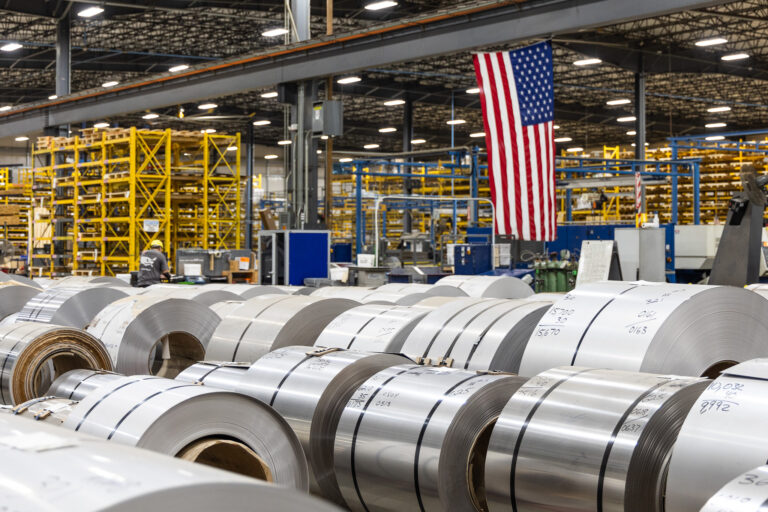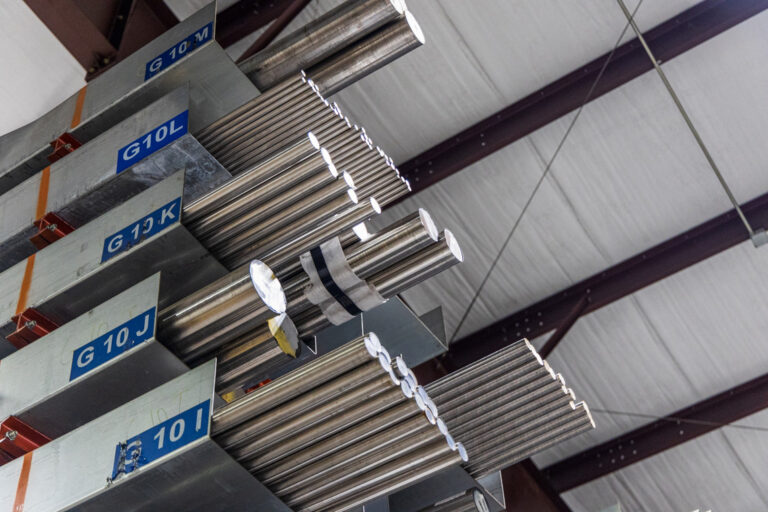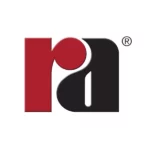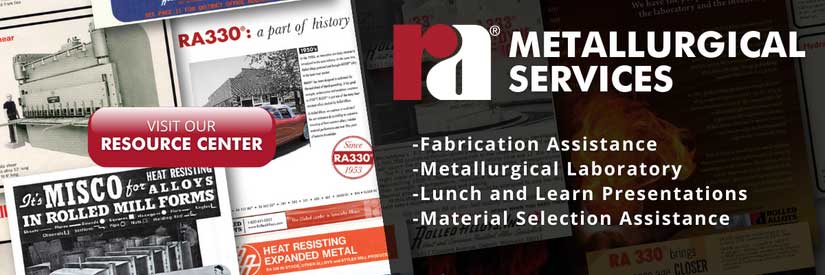When delving into the intricacies of bar products, specific terms, processes, and even specifications are common areas of misunderstanding. This blog aims to clarify some of these common misunderstandings to provide users of these products with the information they need.
Specifications: Types and Governing Bodies
Specifications for bar products can be broken down into:
- Product Specifications: A comprehensive or alloy specific specification that establishes requirements for chemistry, mechanical properties, and other specific requirements often related to material properties.
- General Requirements: A specification that establishes requirements such as tolerances, marking, packaging, etc. for a specific type and form of material.
When it comes to product specifications for stainless steel bar, the following applies:
- A276 is one of the most well-known product specifications as it covers dozens of different stainless grades, including austenitic, ferritic, duplex, and martensitic grades.
- A479 is another comprehensive stainless steel bar product specification covering many of the same grades seen in A276, but this specification is specific to bars used in boilers and pressure vessels.
- Precipitation hardenable stainless steels are unique as their product specification is A564.
- The product specification for free machining stainless steels, which are designed explicitly for improved machinability, is A582.
When it comes to nickel alloy product specifications, each alloy has a specific product specification or belongs to a product specification containing alloys of similar composition or use.
As for ASTM general requirements, A484 is specific to stainless steel bar, billet, and forgings. A484 is a comprehensive specification that formalizes product analysis tolerances, annealing requirements per grade, finish, dimensional variation, permissible variations, and many other things. Below in Table 1, tolerances for stainless steel bar per A484 can be seen. For nickel alloy bars, there is no ASTM general requirement. All requirements are in the individual product specifications.
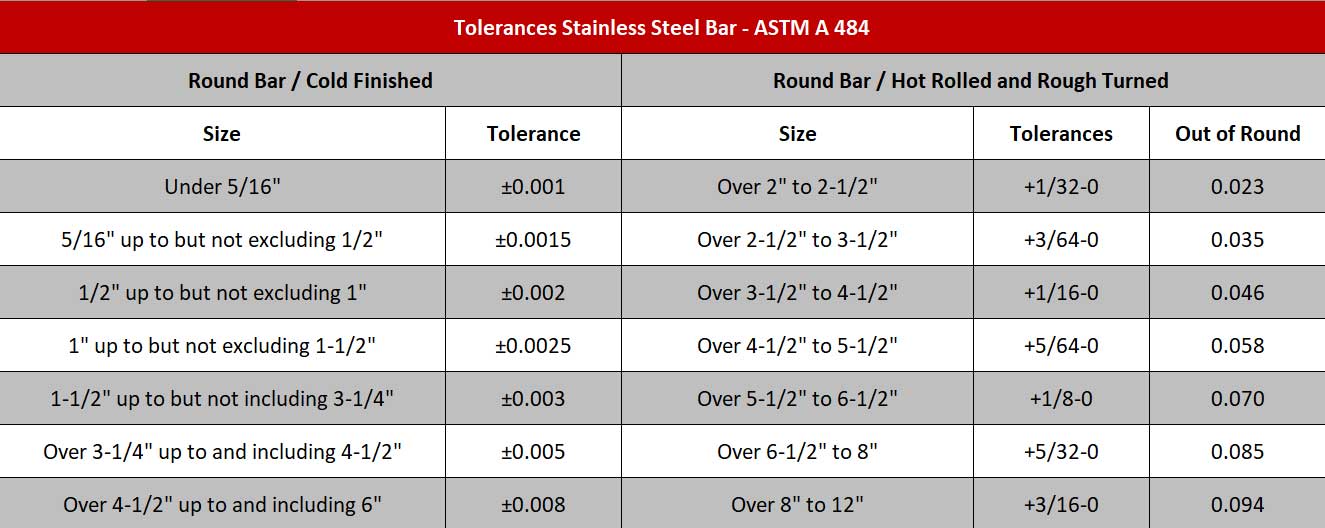
Table 1: Stainless Steel bar Tolerances Per ASTM A484
AMS specifications are slightly different from those of ASTM. For AMS specifications, there are no comprehensive product specifications like A276 and A479 for stainless steel bar. Each grade of stainless steel and nickel alloy bar has its own product specification. Additionally, dimensional tolerance requirements are found in AMS 2241 for stainless steel bar. AMS 2261 contains dimensional tolerances for nickel alloy bar products.
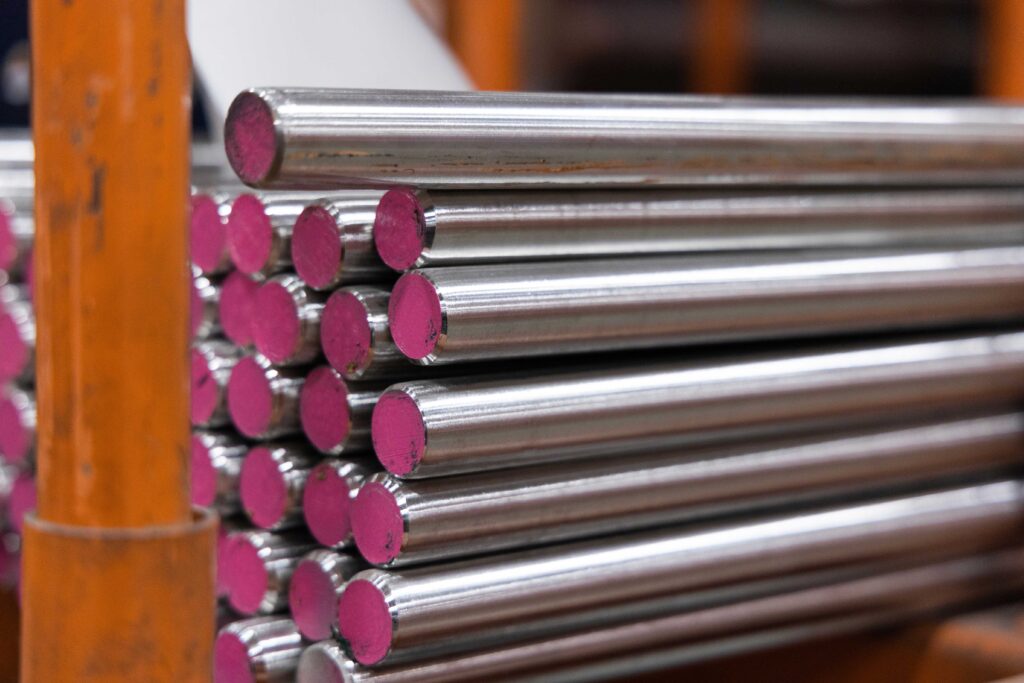
Finish: Confusion over Cold Finished Materials
The word “Cold Finished” confuses many people. In the broad sense, cold finishing is a process of further processing a hot-finished bar by an additional mechanical operation on the bar’s surface to provide closer tolerances and improved surface finish. This being the case, there are multiple ways of obtaining a cold finished bar whether it be cold-drawing, centerless grinding, peeling & polishing, or rough-turning. The method of cold finishing employed tends to depend on the bar’s diameter, surface finish requirements, and tolerance requirements.
Condition: Confusion over Cold Worked Materials
Cold working refers to a process where the cross-sectional area of a bar is reduced through plastic deformation by feeding a bar into a die slightly smaller in diameter than the bar. This process introduces strain and deforms the grains in the bar, which results in a bar with higher mechanical properties and lower ductility. The final condition of a bar after cold working is often called “Strain Hardened.” Strain-hardened material is beneficial for some applications but not for others. Cold drawing, a cold finishing process for bar as stated previously, does involve cold working to some extent so often cold drawn material will have elevated mechanical properties.
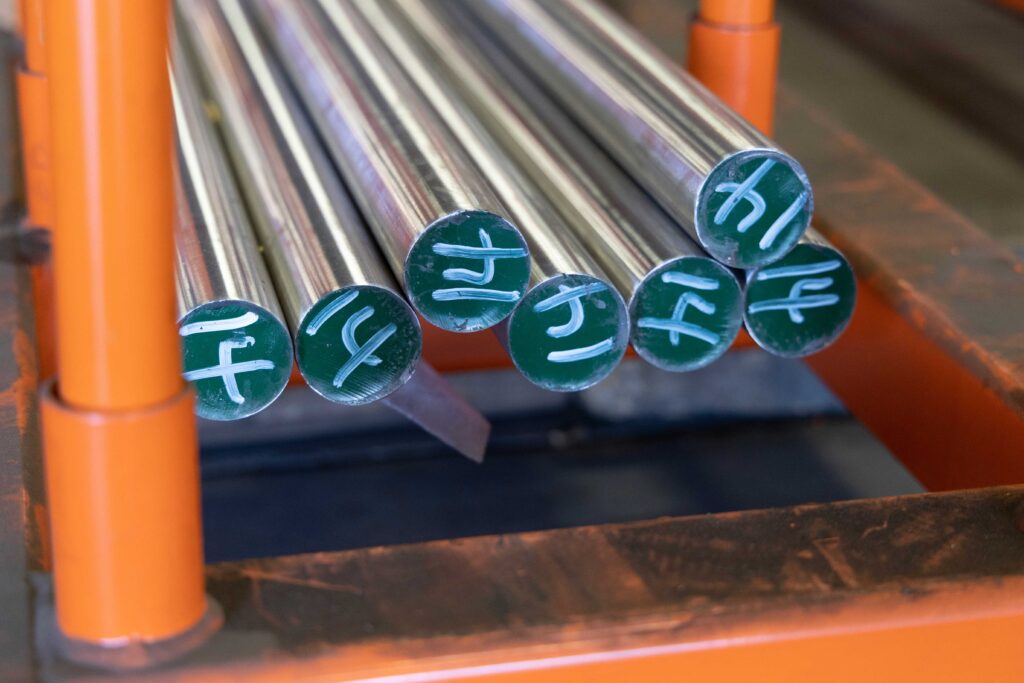
Distinguishing Between Billet and Bar
A billet is a semi-finished, partially worked round or round cornered square (RCS) material that requires further processing to achieve its final dimensions. In contrast, a bar is a finished product that has been rolled to a specific size according to its final requirements.
Both bar and billet originate from cast material. After casting, they undergo hot working, which is essential to break down the cast structure and develop a grain structure that satisfies the mechanical properties specified for the material. When it comes to a few of the more common stainless steels, they can also be continuously cast to billet and directly hot rolled.
The critical difference between bar and billet lies in the extent of processing. A bar is subjected to sufficient reduction to meet all specified mechanical properties. In contrast, a less expensive billet might not undergo enough reduction to meet all the criteria set forth in the specifications.
Therefore, for applications that demand specific bar specifications, it is crucial to ensure that the material provided is indeed bar, not a semi-finished billet, which may not satisfy all requirements.
Buy Online Anytime
Our dashboard makes it even easier to shop online anytime from anywhere. Quote, buy, and track 24 hours a day.
E-Services Stocking Programs
Our e-service stocking programs put you in the driver seat by using our customized purchasing options to order your recurring material with ease. Whether you have an internal process for purchasing and receiving in place or maybe looking for solutions to become more efficient, we have a program that will work for you.

Trade Shows
Come talk to a Rolled Alloys representative in person about your project. You can find us at these trade shows.

March Mania 2025
Every Online Order in March is a Chance to Win One of 8 Great Prizes!
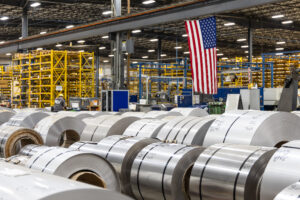
Instant Pricing on Nickel, Stainless Steel, Duplex, and Titanium
Get real-time pricing and availability for nickel, stainless steel, duplex, and titanium—all in one place.
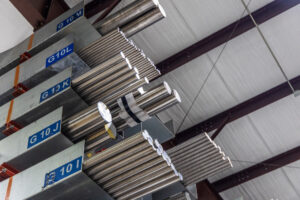
New and Expanded Stock for 2025
New Titanium, Stainless, Nickel and Cobalt in Stock Now – CP Ti Grade 2, 635, 718 and More!
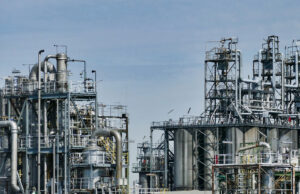
History and Uses of Alloy 800
Discover the evolution of Alloy 800, from its origins during the 1950s to modern derivatives like Alloy 800H/800HT. Learn about its high-temperature strength, petrochemical applications, and commercial availability today.
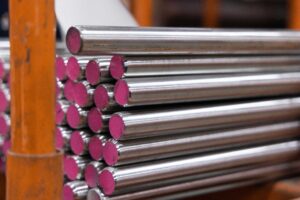
New Bar Stock Available
New Round and Flat Bar Products in Stock at Rolled Alloys



